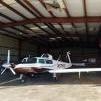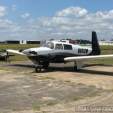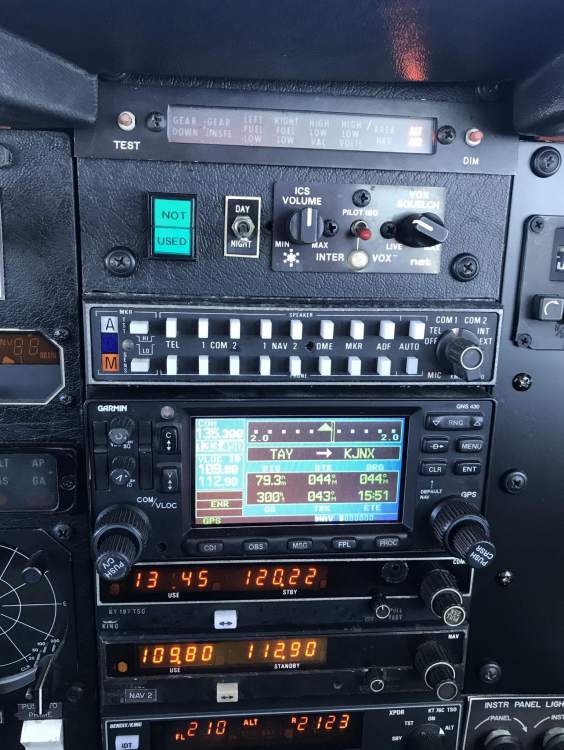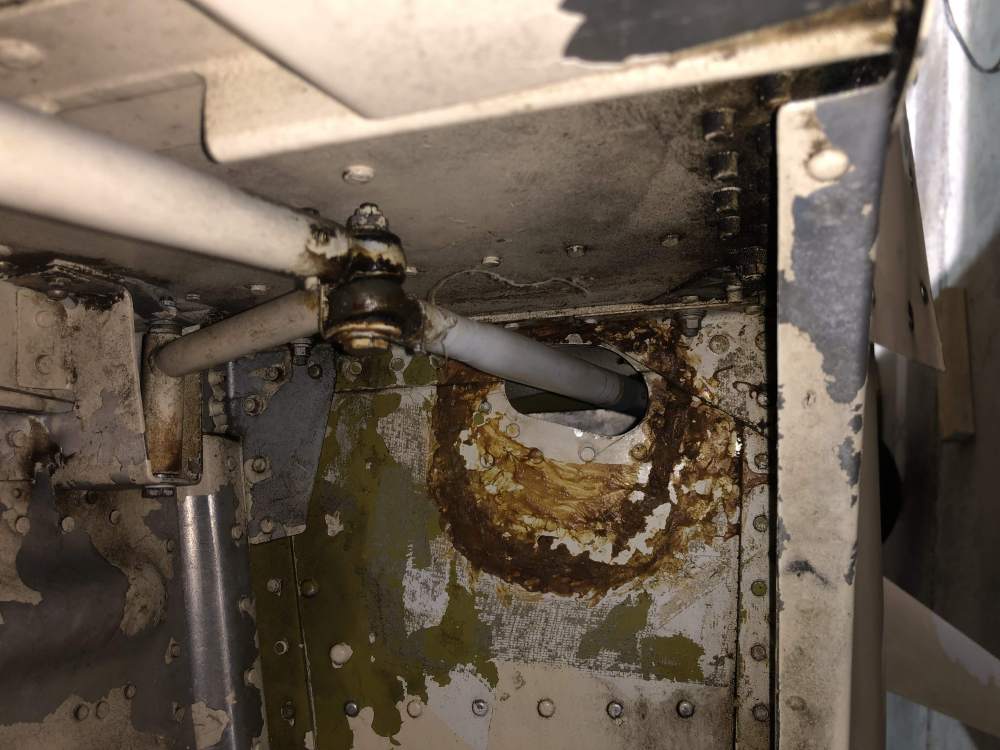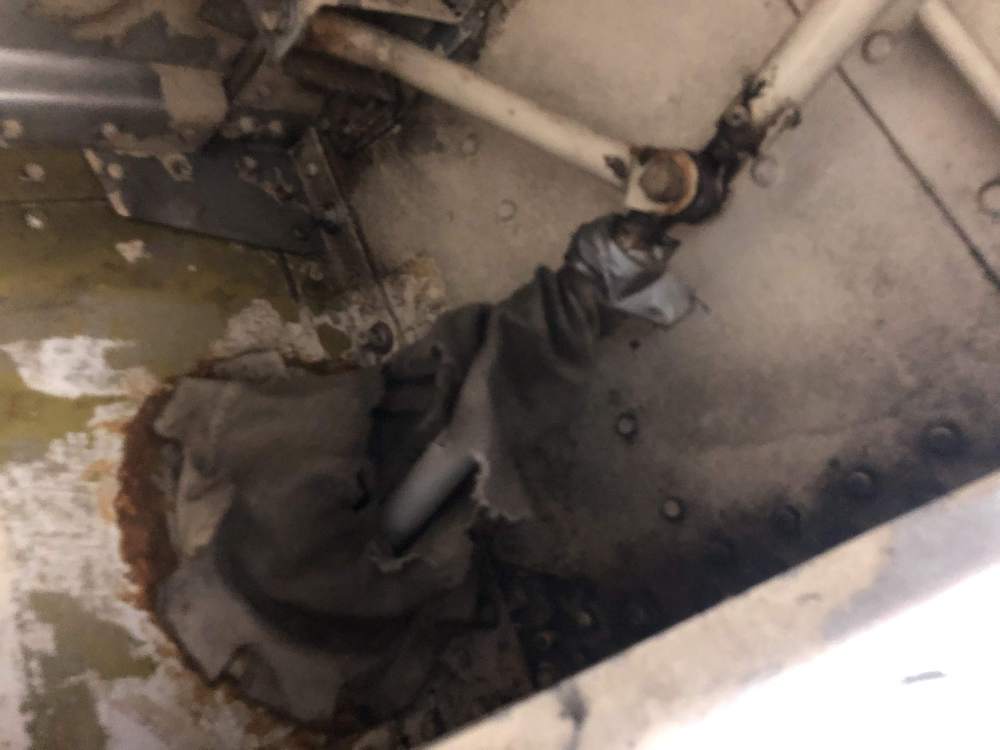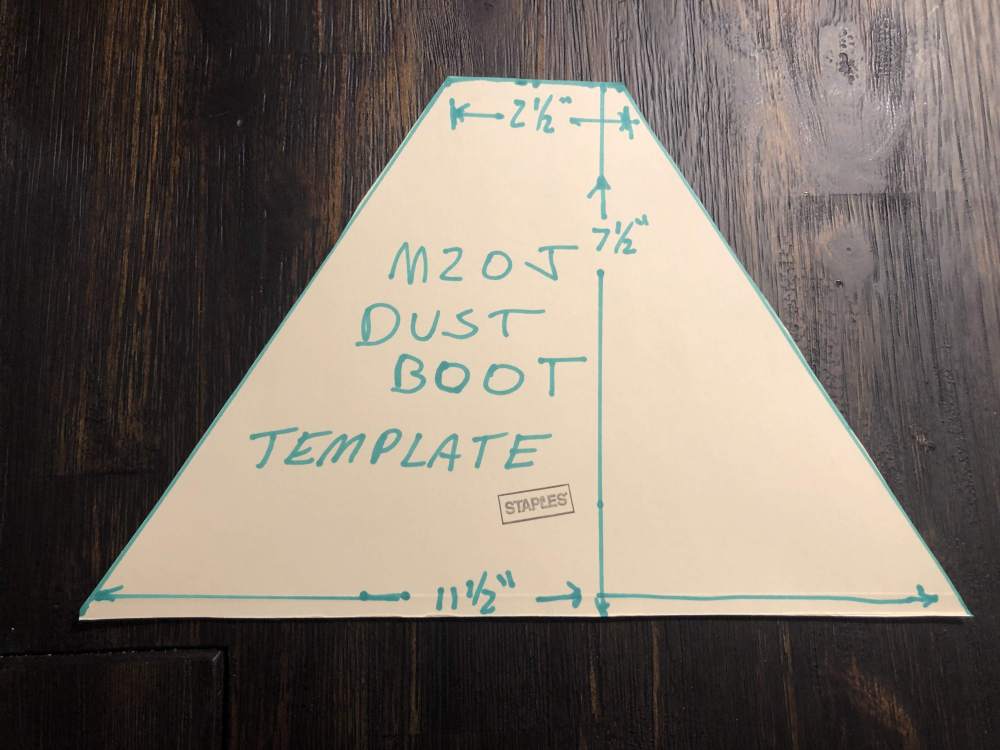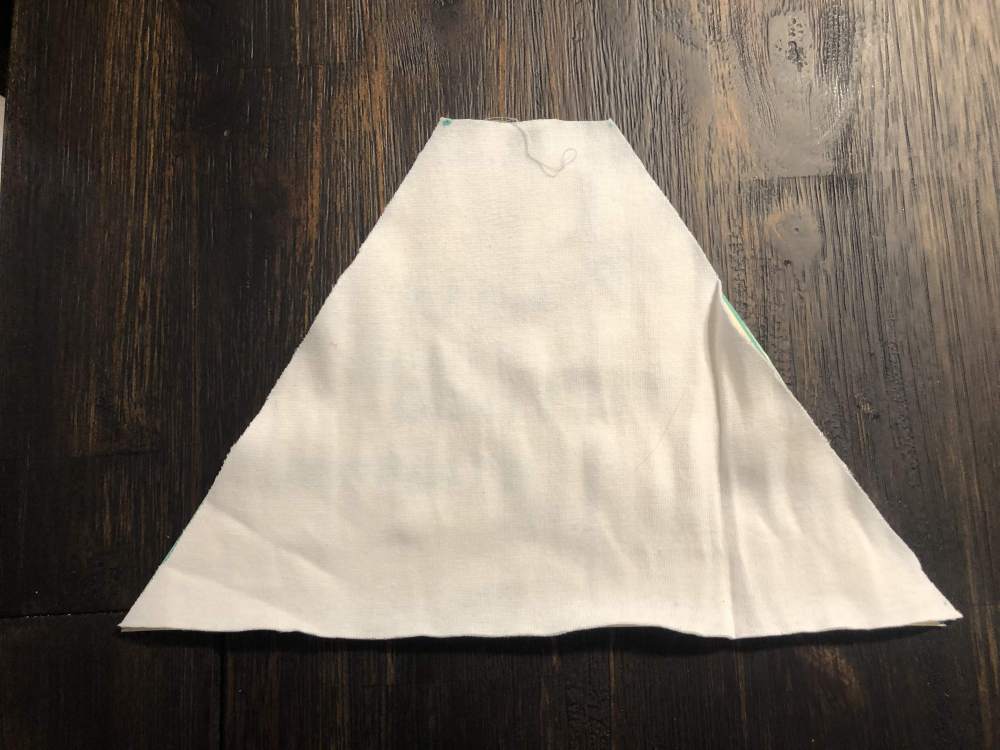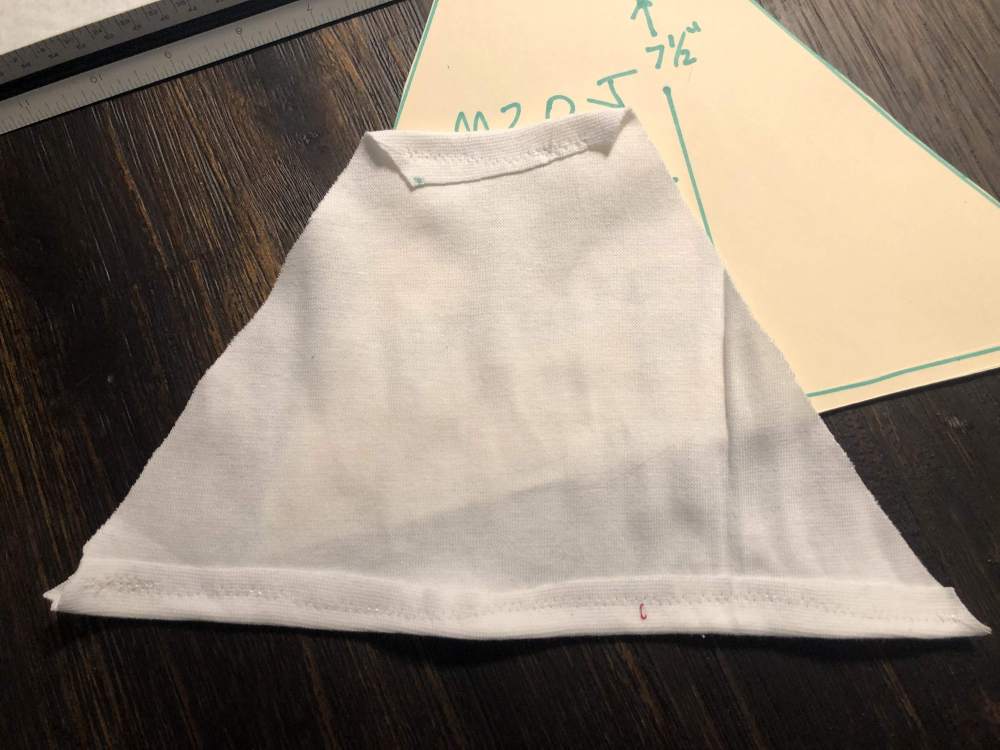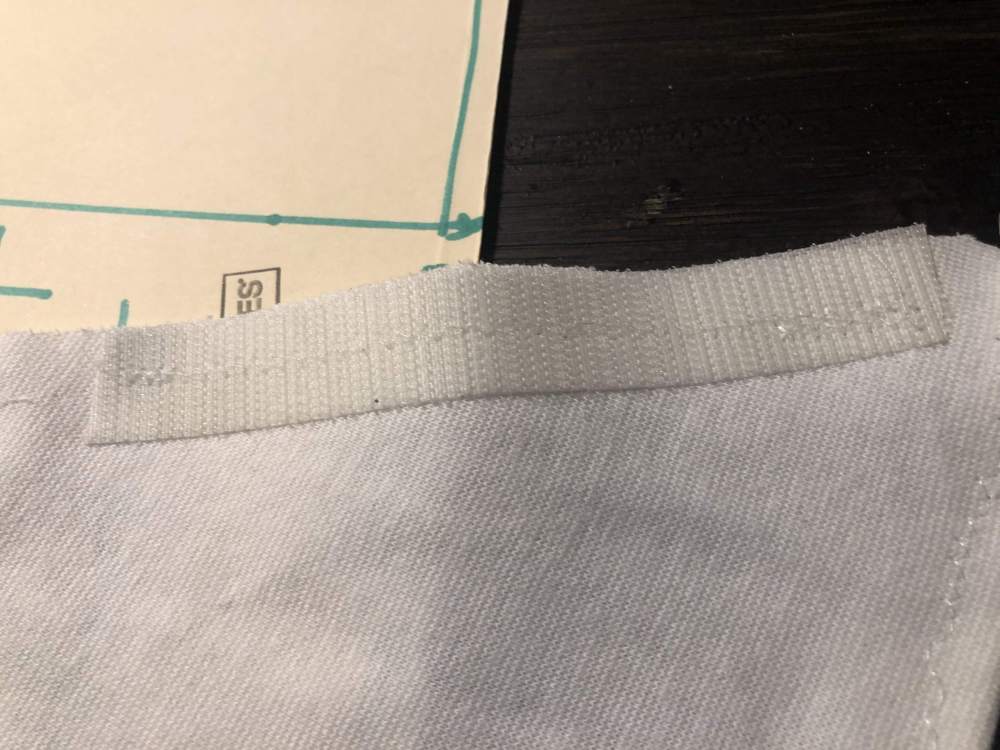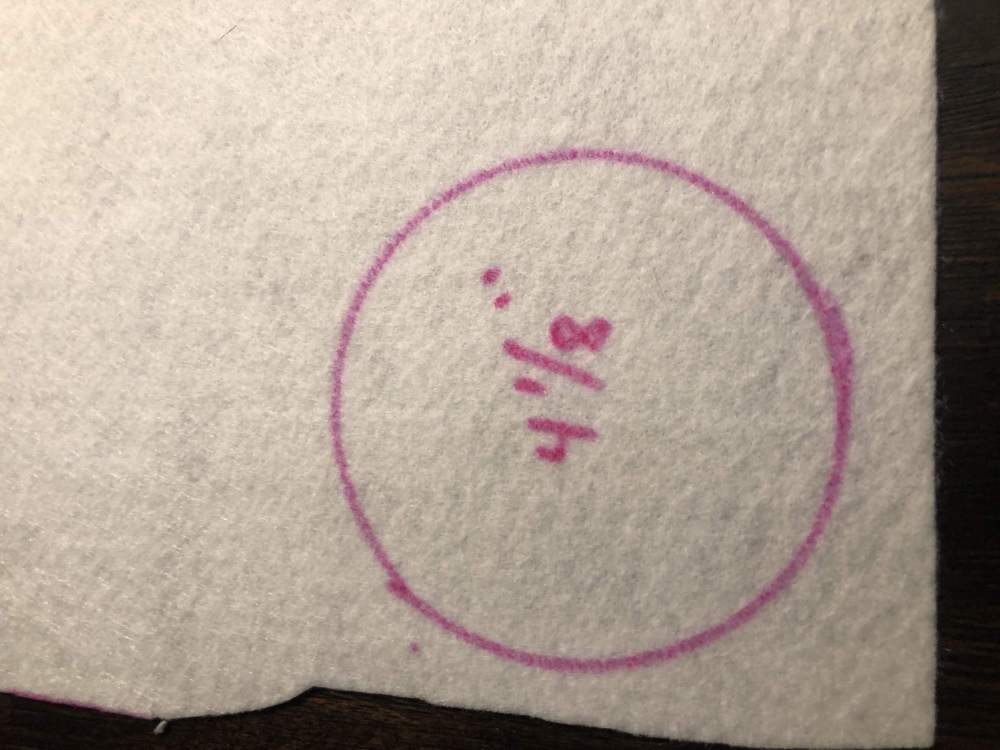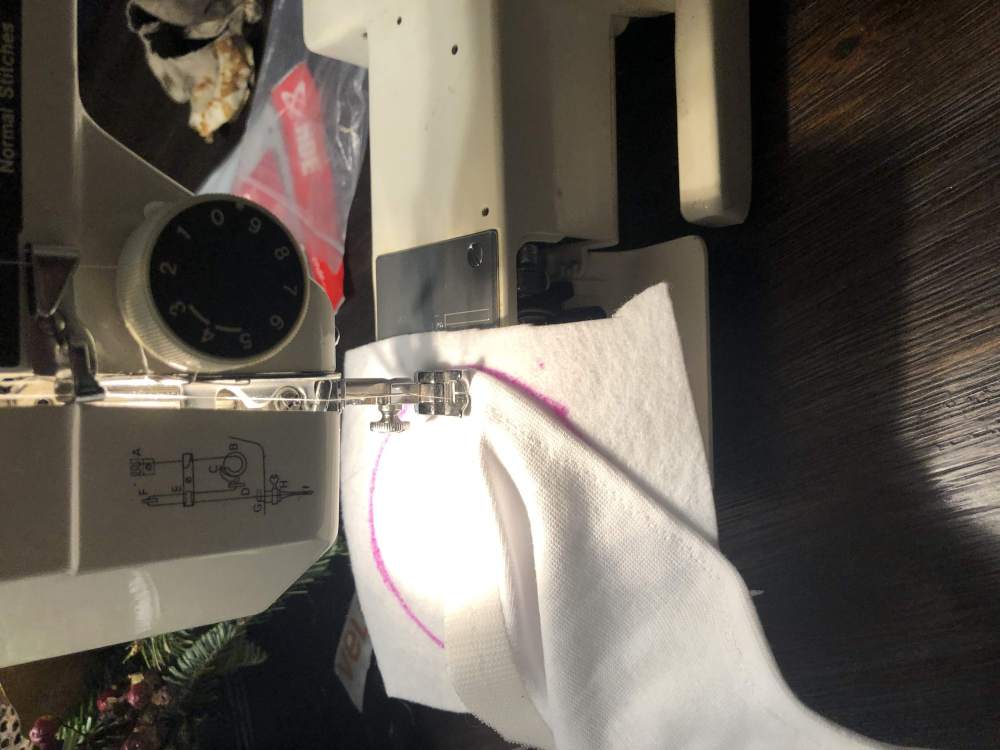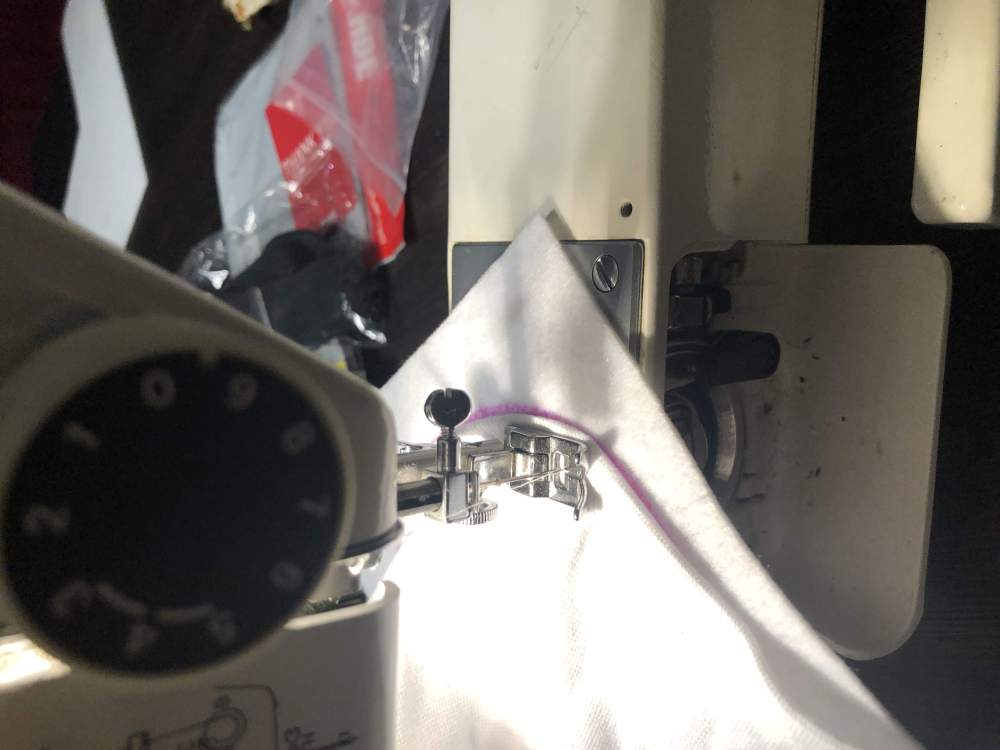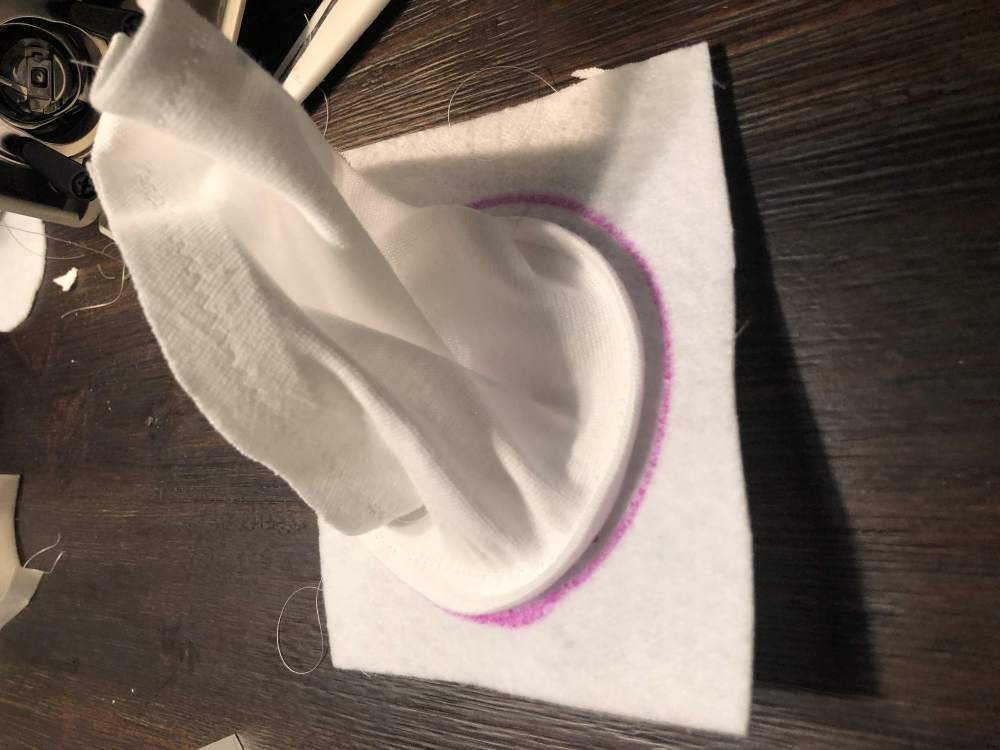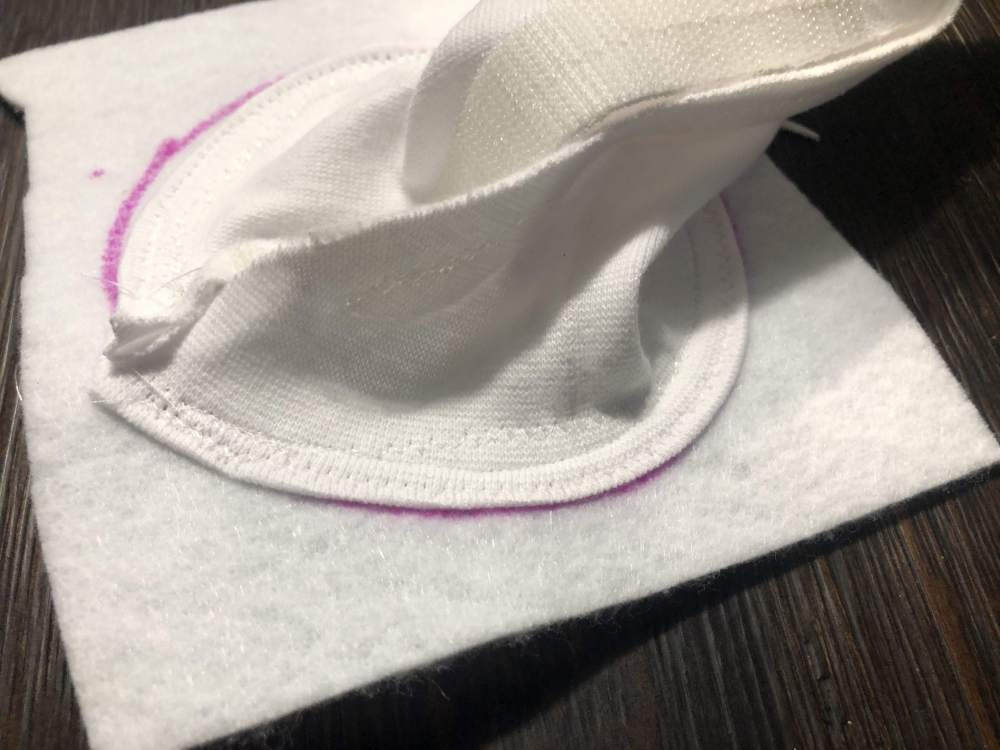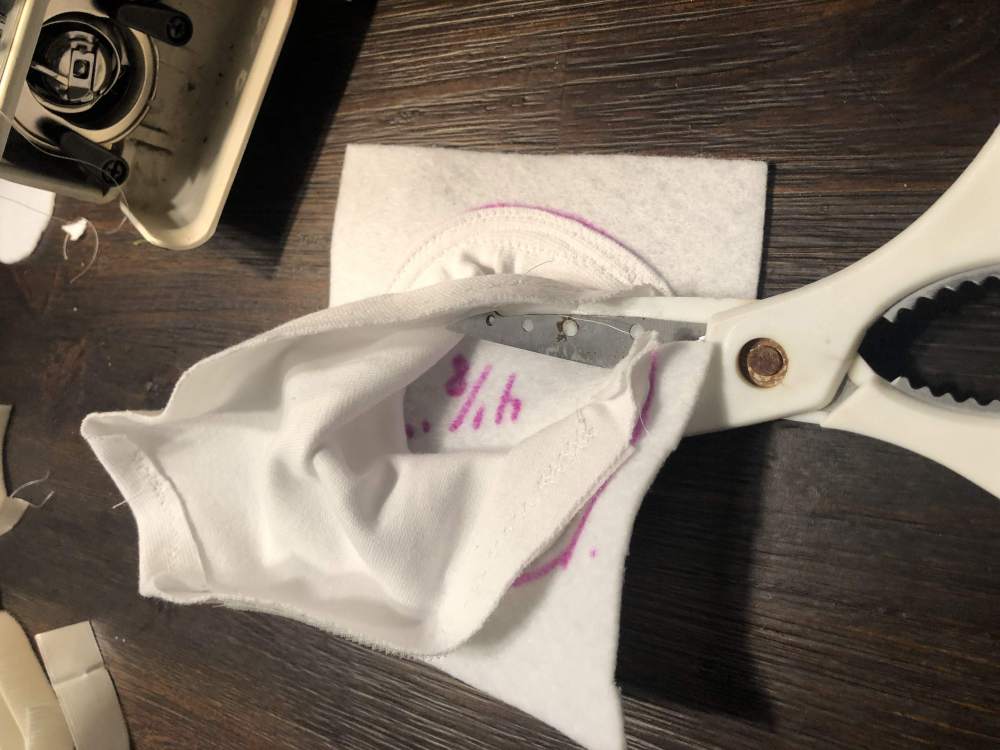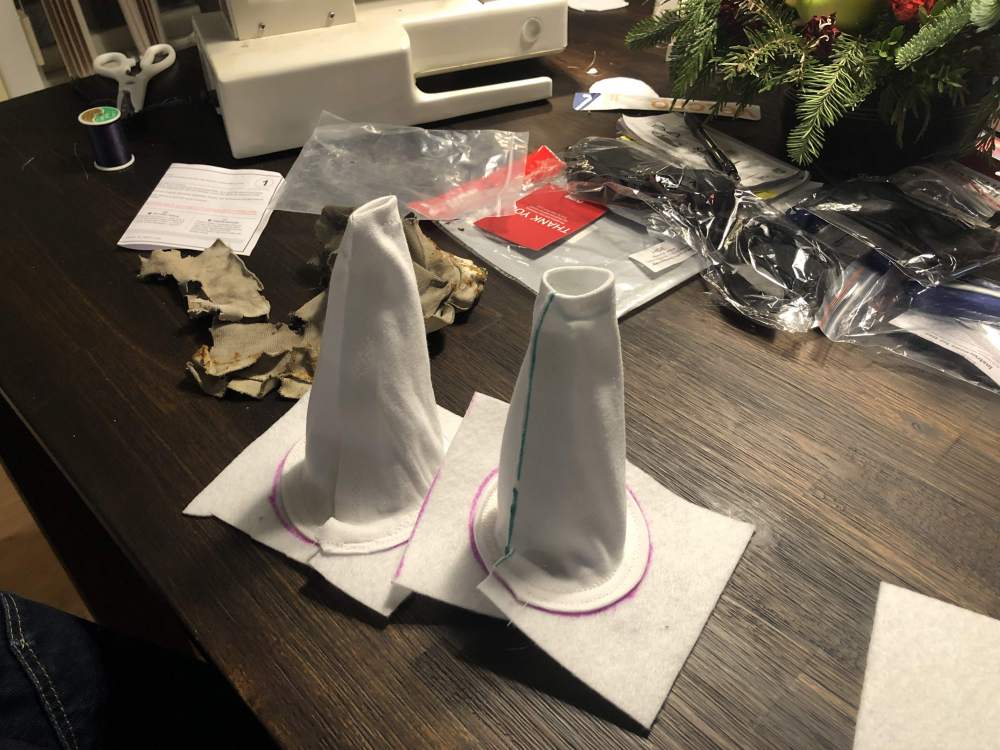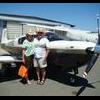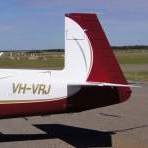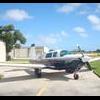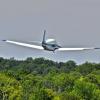Leaderboard
Popular Content
Showing content with the highest reputation on 01/11/2019 in all areas
-
4 points
-
Do you depreciate the CapX over the GAAP standard 3 year or a more aviation-realistic 3 minutes?4 points
-
I separate CapEx and OpEx. CapEx is the price of the plane and any upgrades I make or money I spend on improvements. OpEx are the recurring costs such as fuel, hangar rent, annual maintenance, other maintenance, nav subscriptions, etc. I flew approximately 250 hours last year. I have no idea how much I spent in either of the two categories last year. But all the bills got paid, so I guess we're ok for another year of this.4 points
-
Like many above stated I don’t keep close track of my costs nor do I keep a fund for long term expected maintenance items such as new engine etc. being an accountant I’ve become anti-numerical outside of work, if I can keep making the expenses I’ll keep flying if not I’ll sit in the corner and wither away. Having a pristine Bravo at least mechanically which is expensive to maintain I’d rather not keep track. Some years I’d guess on the low side of $30000+ on the high side like last year $60,000+ many of us are on our final plane just hoping for another year of flying. My wife mentioned yesterday to start planning for our flying season, last year was the best flying year we’ve had flying over 120 hours of long cross country ie vacationing...was awesome. Onward to 2019. Have fun keep flying in you can, the years fly by.3 points
-
Spoke to Paul Odum this afternoon with the stc group... he was very helpful in explaining the process and installation of the pro pilot. Paul was here briefly with a couple posts to explore the possibility of producing an autopilot for our ships. He mentioned that much of the design was already done. I think he was somewhat disappointed after one or two of us weighed in. I told him don’t let a few outweigh the many. I for one, really like what they have in the way of a cost effective digital autopilot... and hope they know there are a lot of Mooney touring aircraft here and around the country, seen and unseen, that can benefit from all their hard work. Also I would like them to know that I for one, really appreciate the stc group helping General Aviation... it’s a huge contribution. let em know they are appreciated3 points
-
Went to Los Angeles area yesterday to pick up a friend who dropped off his Bonanza. It was busy as usual but ATC was professional, efficient and friendly. There was a Mooney pilot at KPOC that couldn’t figure out the ODP and the ground controller patiently talked him through it, reviewed all the altitudes and headings and even told him where he could find the written version-all with patience and not a hint of frustration. As we were flying home I commented to my friend how impressed I was with the controllers and he said “It’s even more impressive when you consider the fact they’re not getting paid!” Ran across this article today and I guess it’s true (although I’m not sure how it works for contract controllers). Not trying to get into politics here, but I just wanted to say kudos to our aviation colleagues who show up every day, do their job and act like true professionals, even in the face of personal hardship. I wish more people acted that way... https://www.cnn.com/2019/01/11/politics/shutdown-paycheck-what-it-looks-like-trnd/index.html2 points
-
How many of you have flown an early Mooney with and without the positive control operational? In other words with no autopilot at all? It sure seems different than a Cessna. Edit: That is, flying them on instruments with and without Positive Control?2 points
-
What you describe is not a lot of metal. Typically the lifters fail before the cam. Lifters breakdown rapidly when they stop rotating. The cam typically follows rather than leads the this type of failure. I do not understand why you've not had the cam lift measured. This should not be a major endeavor. A dial indicator and a few ours max for an experienced A&P. This is the first thing I would do.2 points
-
2 points
-
My transition instructor said I was too tall to try hand propping a mooney. I have a rule of never go forward of the wing when plane engines are running. It's a good rule since the plane lives in a $100 hamburger airport and there are lots of yahoos with spinning props.2 points
-
Eight years ago we had a case crack on an engine with 855SMOH. At that time I was very active on the AOPA forum (Red Board). Many folks told me that it was best to just overhaul (what’s $30K to remedy a case crack right?). At the time I had just punched out of a corporate banking position with a nice severance due to a merger. I elected to remove and reinstall the engine myself and utilized a “local” Engine shop about 50 miles away to do the engine work. I learned quite a bit during that endeavor that may be applicable to your situation: 1) There is a tendency in aviation for mission creep towards “while you’re in there” kinds of items without knowledge of the actual condition of those items. 2) The relative ease with which a case can be split once the engine is off the aircraft. I dropped my engine off at the engine shop around 11:00 AM sans accessories. The case was crated and on its way to Tulsa that afternoon. 3) Owners have a tendency overstate the paper advantage of an overhaul. Some buyers want something run out so they can choose where to rebuild it. Some like to see “Factory zero time”. If you have no reason to sell the plane, the best value is typically to simply correct the problem and get back in the air. It’s only when you find an engine with multiple issues that an overhaul starts to become a better value. You’re doing a lot of hemming and hawing (just like I did) over what if’s before you really know what you have on your hands. I was terrified that we’d open up my engine and find corroded lifters and a spalled cam. We didn’t, internals were beautiful at 10 yrs and 800hrs. At the end of the day the IRAN with crankcase overhaul and going over the cylinders was about $4000. Engine was returned to me painted and wrapped just like an overhaul. My local IA charged $500 to supervise my reinstallation. If I had paid someone could’ve been closer to 3k to R&R the engine I was really close to overhauling. At the time I was out of work but has been given a check for more than a year’s salary. I had both time and money but I’m glad I chose the route I did. I’ve put 400 hours on the engine since and it’s running beautifully. Do you have an engine shop close by? This endeavor sounds best suited to a shop that will advise you as more info is garnered. Lycoming won’t give a core credit on anything if the case is split (must be in running condition). For what it’s worth, 1 quart every 6 to 7 hours is perfectly acceptable and healthy oil consumption. Pull the jug and take a look.2 points
-
I think you should take into consideration, the memories you will get with this plane. A rental can only get you so far. Back when I rented the Cessna 172, I'm sure it was considerably cheaper than what the ovation is per hour, but the capabilities that a privately owned Mooney offer over a rental Cessna is massive. when I rented the Cessna, a good day was flying to an airport 80 to 100 miles away. I can take the Mooney any day I please 300 to 500 miles away in 2 to 3 and a half hours and not have to worry about not having a plane available. I also love the fact that ownership motivates me to travel. I can hear about a fly-in 3 days away and not be concerned that an aircraft is not available. The memories I've gotten with the plane are priceless and will be with me for life. Flying from So-cal to Canada to ride some of the best bike parks in whistler with one of my best friends over 2 weeks. Taking day trips to Oakland with my family or flying to Kernville to go camping. Flying the aircraft over 1500 miles from Kenosha to the southwest. A rental will give you 20% of those memories for 40% of the price. I can plan a trip from So-cal to Oshkosh next year. Ownership opens up new opportunities, but it comes at a price. A lot people open that door and most seem to like it since they still own a plane. I'm sure a lot of people will back my opinion, that ownership has given the opportunities and memories that would never have been possible without consistent access to an aircraft and the desire to go anywhere when they feel like it.2 points
-
If the engine is running well, why mess with it until you have to? New and overhauled engines can have infant mortality, so you may or may not get better reliability. I recently replaced a A3B6D (broken oil control ring took out piston skirt and cam was spalling) with a factory rebuilt A3B6 after duscussions with Lycoming and mag overhaulers. Roller tappets are clearly a design improvement worth the extra cost to me. Dual mags are reliable in my experience, but are no longer made, some parts are hard to get and fewer mag shops will work on them. There are numerous internal differences between A3B6D and A3B6 which has more parts commonality with other engines. The A3B6D will likely end up being more expensive to maintain as time goes by. Lycoming will give you a break to retire a A3B6D core which says something (to me) about its commitment to that engine. Lycoming has standardized timing at 20 deg on 360 series engines with the exception of the dual mag engines for many years. Some think this is a big deal, some not so much. I don’t want to open that can if worms, but personslly I haven’t noticed much difference. Hope that helps. Still really currious about the injector lines. I think the newer lines are just thicker walled for fatigue resistance and have the same ID, but I’m really interested to know for sure. And, even if the ID is different, it would be interesting to see if that affects the flow rate through the nozzles since the tubing is so much larger than the nozzle orifice. Skip2 points
-
The vacuum pump is a posative displacement pump, it pumps a volume of air, not a pressure. The vacuum regulator is actually just a controlled leak. So if you block it off it will be working pretty hard. But you are just blocking off the suction side, it can only make a vacuum. If you were to block off the pressure side you could destroy the pump. Your best bet is to hook the filter to the manifold.2 points
-
I used to fly a gazillionair around in a Falcon 50. I once started talking about operating costs and he told me, “You never think about what it costs per hour or you will never do it.” If you want the plane and you can afford it, buy it. At the end of each year, add up the total cost to own it. If you can live with that, keep it. If you can’t live with that, sell it.” Works for my Mooney. (Which my wife has christened The Mooney Pit!)2 points
-
There's no luck involved. Fine wire plugs provide 1-2 percent better fuel economy, so they pay for themselves well before they wear out in 2000-2500 hours. RAM Aircraft published findings on the topic. In which time you will have had to buy 3 or more sets of massive plugs, and pay for gapping and cleaning that fine wires don't need.2 points
-
2 points
-
When I was in High School I had a summer intern gig at a local university in a high energy physics lab where they had a massive electron pulse gun that shot a massively powered arc through a 2 ft vacuum for a very very very very short time burst. The thing was about 2 stories tall, round and probably 50ft long on the side. My job was to make little anodes of various shapes designed by the professor, who would specify the shape and material and I - and a few others the same - would spin those special shapes in a machine shop lathe for like 2 days to get them perfect. Then we would literally blow them up in a glorious nano-second. This was the mid 1980s during the "Star Wars" research era of Reagan and high energy pulses of all sorts were all the rage. On the side of that very big electron pulse gun someone painted Champion One very artistically looking like the real trade mark logo of a real spark plug marking. Because that was what that thing was - one very big spark plug.2 points
-
Sorry to hear that your wife went through the boat ownership thing with you. That is like telling a woman you are going on a first date with that your serial rapist days are over. Hopefully you can convince her that airplane ownership is different. Instead of throwing money in the water, you’re throwing it in the air. [emoji1787] As others point out, pride of ownership, the ability to have access when you want and knowing the condition all of the time are great benefits. The downside is that you own the costs when you own and you just can’t throw the keys at the FBO anymore and say “it’s broke”. I am sure that I am paying more than renting, but I also eat lunch with a Pilot friend and hear the whining about the availability of the rentals at our airport. As for the financials, you have heard some clearly say they ignore certain costs. If your financial situation can allow that, great. If it can’t, it can become a pain point with the family when you are deciding whether Johnny is going to get braces or you are going to fix your plane. I look at ownership cost as all in. I count everything because if I didn’t own a plane, I wouldn’t have those expenses. Also, I do reserves because the money is clearly earmarked for an intended usage. If you need to rebuild an engine, it is nice to have saved up the money and know it’s covered. As long time owner, I flew a number of years with an avionics reserve that kept building up. In 2012 it allowed me to do this: Be realistic with your finances. I can’t tell you the number of times we have had people post here about buying a plane and then a few months later are dealing with huge financial hits. And on other side of this, you only live once. And unless you plan on being buried in a gold (or gold lined) coffin, enjoy the ability to own and participate in something that most people never get to do. How many people can say they are able to fly a plane and capture a picture like this? Sent from my iPad using Tapatalk Pro2 points
-
I purposely don’t keep track. Quite the contrary its one of those things I try to have amnesia about.2 points
-
2 points
-
1 point
-
1 point
-
Just for kicks and grins, last night I added up all of my expenses and divided by the number of hours I've flown. In the end $142 per hour (actual expenses, no reserves). The Warrior I was renting was $120 per hour, so I could have rented for less on an hourly basis. However, I usually don't fly for an hour and put the plane away, I go somewhere... and I get there faster with the Mooney. When you factor in how far each plane flies in an hour, it came out to about $.98 per mile owning and $1.14 per mile renting. Do you fly by the hour or from point A to B? The biggest difference though, the year before buying the plane I flew 25.9 hours. Not enough to remain proficient. The year after buying the plane, I flew 116.6 hrs. As for scheduling the rental, YMMV. I never had any problems and was only requested to put 1 hour on per day I had the plane. No problem with taking the plane on a 3.5 hour trip, staying there a week, and coming home. Typically, there were only one or two other renters ever flying it and their schedules rarely conflicted with mine.1 point
-
Pre-purchase inspections are all the rage... Don’t accidently buy a plane that is best scheduled to be parted out... Best regards, -a-1 point
-
In a brief search I can't find a spec on Mouse Milk. I note it is sold as a "penetrating oil" that is effective as a cutting oil. I did see a comment that it is "unaffected by temperature". Whether it has a long lasting anti seize properties is not clear to me. I suppose it might be the right stuff for a slip joint that was seized due to lack of prophylactic lubrication.1 point
-
Ok so you own an M20F and an M20K. Here’s an example. You have the M20F insured with Company X and the M20K with Company Y. Company Y has an ancillary coverage that says “we will provide physical damage and liability coverage when you are flying an aircraft that you don’t own or lease and is in available for your use for a period less than 30 days.” The M20F and M20K are both in annual at the same time. You’ve got an important meeting in Fort Lauderdale so you rent a C172 from TPF and fly to FLL. While landing at FLL a coyote jumps in front of the plane and you swerve and hit a runway light with the main gear causing $1200 in property damage to the airport lighting system and $500 to the brake system on the C172. Company Y has non-owned liability coverage on your policy to defend you in case FLL wants compensation for their light. They also have non-owned hull coverage to defend you if the insurance company that insures the C172 thinks your actions were unreasonable in swerving from the coyote and comes after you for damages to the plane. Within that non-owned provision, Company’s Y may afford that non-owned coverage with the prerequisite that they must already insure all airplanes that you own. The non-owned coverage would not apply to you because one plane you own is not insured on their policy. As a note: Non-owned hull and liability coverage is also commonly referred to as “Renter’s Insurance”.1 point
-
You guys are funny. The original poster said he's currently renting a Cirrus, which makes the avionics and plane itself newer than 90% of the Mooney fleet. Problem with that is this magical 10AMU threshold someone posted that nets about 35 hours a YEAR for an SR22 ($285 an hour at my local flight school for a 2014 model with A/C) or 40 hours a year in an SR20 ($250 an hour for a 2005 version). Both of those are full up glass. Buying never makes sense from a financial perspective, unless you are using it for a business and can write it off as an expense. I'm only going to live once and I can afford it, so I've been an owner for almost 10 years now. Can't take the money with me and my kids can make their own... If you want to sell on the back end some day, just make sure you buy something that is a.) well taken care of, b.) not an orphan/odd type, and c.) has the bells and whistles you want already installed. I'm working with my third plane and have gone up the ladder each time (M20E -> E33A -> BE95). I've enjoyed the ride, but it hasn't been cheap by any stretch. Simple avionics upgrades can quickly run north of 30AMU's. Engine and prop overhaul on an IO520 = 45AMU's. Ask me how I know.... But, I've been able to sell both of my previous planes in under 2 weeks from the time I listed them. Finding something that is an odd duck or not up to par on maintenance and your looking at about 80% of the planes that are currently sitting on Controller. I advertised my E33A in one place and it sold within 24 hours. Never hit the regular channels (Controller, TAP, ASO, Barnstormers, etc...). A lot of really great aircraft are sold by word of mouth or through local channels. My friend found his V35B that way after taking a tour of just about every V35B listed on Controller and getting really frustrated with the misrepresented condition of those airplanes. That was 10 months ago and those planes are still listed today...unfortunately, Mooney's are the same way. I've seen more than a few that are approaching 12 months advertising time. If you need help or get overwhelmed with the decision, just reach out and you'll find this group is more than accommodating in helping steer you in the right direction. If you're looking for that absolute worst case maintenance cost (besides killer corrosion), that would be the engine and prop overhaul requirement. You can use Air Power, Inc as a great resource for engine overhaul costs on Lycoming and Continental engines. Factor in about 40 hours of labor for the pull and reinstall. This is a ballpark and many boutique engine shops will come in lower than those figures, but it's a ballpark so you go in with your eyes wide open. Engine failures are not predictable and can happen at any time. Most prop overhaul's run anywhere from 2.5 - 4 AMU's depending on the number of blades. Sorry for the long winded post, but hope it helps. Cheers, Brian1 point
-
My whole airplane is an expensive novelty... and as such is properly outfitted with speed brakes that I like and use whenever and wherever it suits me.1 point
-
See some additional reviews here... ScottD is MS’s most knowledgeable weather guy... he gives some additional insight as well... Best regards, -a-1 point
-
Unless you have a great reference point, anything within 2% on average is within tolerance. Bear in mind these are *volume* meters and not *mass* meters. You have to manage at least: Consistent filling level The retail dispensing equipment (which when I used to be in fuel retail, the allowable tolerance was -0.5% to +1%, most retailers tried to get close to the minimum, and some were a little over zealous! Back then they were checked by weights and measures officials, at 90% or more of maximum flow - the error at low flow rates could be shocking) What gets "lost" in the hose doesn't even have to be accounted for! (ever wondered why when you turn the pump on it jumps straight away off the zero?) Relative temperature of fuel dispensed vs. fuel consumed (Density alters ~1% per 10dC) Take fuel in the afternoon from a bowser that's been sitting in the sun all day, and then go climb to FL250 and burn it - you won't get the quantity out that you put in! Conversely, get fuel in the morning from an underground tank and scud around in the warm and wonder why you can't fit in what you thought you burnt.1 point
-
I am very happy with my IFD540/440 combo and the functions it all provides that has already been covered above. One of the limitations is you cannot have is one in GPS mode and the other in OBS mode while the units are synced, although you can operate them as separate units if desired but that removes other advantages. It is all explained in the POH available on the Avidyne website. If I had the panel real estate, I would have two IFD540's one underneath the other, a combo you cannot beat.1 point
-
Not sure what additional equipment you mean... It does require a GPS signal for any ground based tracking, but it basically requires a GPS for everything it does, similarly it requires 2 G5s as well for pretty much every install. Now, if you're comparing it to the TT, yes, the GFC500 does require more than just an 'autopilot'.1 point
-
I think owners can be divided into two categories: Professional pilots who fly company equipment for work Amateur pilots who only get to fly if they're buying the fuel. I can't speak for the Pro's other than my brother who is an SWA Captain. He loves to fly my Mooney, but spends his own money on BMW cars, and a massive motorhome bus conversion. While I'm sure he loves to fly as much as I do, the company scratches just about all of that itch for him. For an amateur pilot who's only route to the left seat is to pay for it myself, there are many reasons for ownership that don't show up on the spreadsheet. In no particular order... Safety - flying the same airplane all the time means I know what it sounds like, what is feels like, what it smells like, and when it doesn't. I also know the plane's performance and capability intimately. I always knew who flew it last... me. Accessibility - the expensive activity that it is, flying has to take a back seat to my methods for funding life, i.e. the day job. Having to schedule flying around my schedule is one thing, scheduling it around a lot of other people's schedules, or a flight school's schedule, is just all too complicated and results in greatly reduced opportunity to fly. Even if I flew the same number of hours, as an owner, the hours are of higher quality as they fit perfectly/easily into MY schedule. Destinations - I'd guess that most Mooney aficionados like cross country flying. And we're not talking about FAA cross countries of 50 miles, but Mooney cross countries where when you stop for fuel you're still outbound. This often requires multi-day access to the plane, nights tied down in interesting locations, and possibly insurance considerations for flights across the boarders or to the islands. All non-issues for the airplane I own, but all layers of additional complexity or barriers for rented aircraft. Pride of ownership - granted not all owners actually fly as evidenced by the ramp queens slowly rotting into the ground, but for those owner flow aircraft that fly, they are typically in better shape than anything in the rental fleet. Ownership involves hanging out at the hangar, cleaning, upgrading, maintaining, etc. None of which we do for rental aircraft. Better airplanes - I have to laugh every time someone posts the question on this forum about where can they find a Mooney to rent... in their local area... we know there might only be two Mooneys for rental purposes in the whole country. Complex, high-performance, turbo, high altitude, cross country machines like ours, just don't exist in the rental fleet. Much like if your passion are Porsche 911's, you're just gonna have to buy one. It's about the only way you'll ever drive one. I'm sure others will come up with other reasons as well... But with the above considerations... if I can get within even 30% to 50% over the cost of renting, it's worth it for me to own. In my case, because I own, I fly a lot more. At just shy of 250 hours for 2018, I'm sure owning is cheaper than renting for me. BTW - I consider the CapEx value of the airplane, $120K, and the hangar I own, $45K, to be investments, not costs. Even if I'm losing money because they are underperforming compared to other investment vehicles or inflation, I fully expect to get the $120K + $45K back if I sold out. The other money I've spent on CapEx such as glass panel, and other upgrades... I might get 25% of that back. But it's not calculated as such. It's just spent.1 point
-
“If you have to ask, darling, you can’t afford it.” And wrt Bob Belville’s analogy, thing one: I like it! And thing two, Exciting women are expensive. And thing three, we are so worth it. That goes double for beautiful airplanes.1 point
-
So a buddy of mine put in contact with a M20C Ranger owner. He is going to show me around the plane and I'll see if I am in fact comfortable in the airplane. If all goes well and the plane is still on the market tomorrow, I'll be putting money down on it. Thanks for all your help, its greatly appreciated.1 point
-
I agree, but that "something wrong" could have been forgetting to turn off the interior light.1 point
-
I saw an interview with a Tim Cook yesterday... Their bottom line is customer happiness... happy customers are return customers... Even if they only return a few years later... He is an interesting CEO to listen too. No MBA required... Best regards, -a-1 point
-
Really wish sometimes @gsxrpilot had told me buying a plane was the dumbest thing to ever do and not dare think of doing it. On that note he didn’t. Owning a Mooney has made me happieR than I’ve been in ages. @mstephenson51 where in Oklahoma are you? I’d happily fly up from DFW and take you for a ride. Could even fly you back down to DFW and give you a tour of American Airlines mission control center. As a 17 year old, I’m Fairly confident your eyes will fall out of,socket.1 point
-
Please don’t ask me to think about how much it costs! Besides, I’m not very good with numbers.1 point
-
My boys were renting substandard equipment for $127/hr back in 2016. I sold the idea of aircraft ownership to my wife based on idea that I could operate a nicer/mechanically sound aircraft for less than $127/hr. I purchased a 1964 M20C (35K) and my boys flew it 200hrs in 13 months. I kept every receipt related to the aircraft.... Insurance Monthly tie down Pre Purchase Inspection / Air fare to inspect aircraft Annual / carburetor O/H Fuel / Oil changes FBO Ramp/custom fees Taxes Total expenses were $18,500 working out to $93/hr. Please note this does not include engine or maintenance reserves....20-25/hr? In my experience it was totally worth the time and effort I spent owning the plane..just hope I have the same experience with our newer J model!! Hope this helps. Hank1 point
-
I agree, this site is for aviation topics, more specific Mooney related topics and we should not dilute or pollute it. Brian1 point
-
Thanks for the tag, Scott. We are up and running at Airspeed Insurance Agency. We should be licensed in all 50 states and DC by the end of the month (currently fully functional in about 30 as of 1/9/2019). Kmac - most every company using automated raters has different hour amounts where their rates step down. 46.9 may be no different than 50 at many carriers. There are a few where that might hit a step in the automated rating systems at 50 make/model. An agent that properly markets your risk to the carriers it represents would really like to have updates 30 days or more before renewal so that each company can respond. At the last minute you may not have as many answers, especially for a lower-time pilot where the risks are underwritten manually as opposed to coming from an automated rater.1 point
-
1 point
-
If all we did was financially responsible stuff we'd all be rich and very bored.1 point
-
In the vacuum hose between the AI and the vacuum pump. When you shut the engine down the instrument cases contain vacuum and the pump has none and the carbon dust migrates up into the gyros into the grease thats in the bearings and then causes failure1 point
-
1 point
-
1 point
-
Looked normal for this type of flight to me too. Nothing cringeworthy. The most "difficult to watch" part (other than being a little mundane) was, head-cams make me dizzy.1 point
-
1 point




